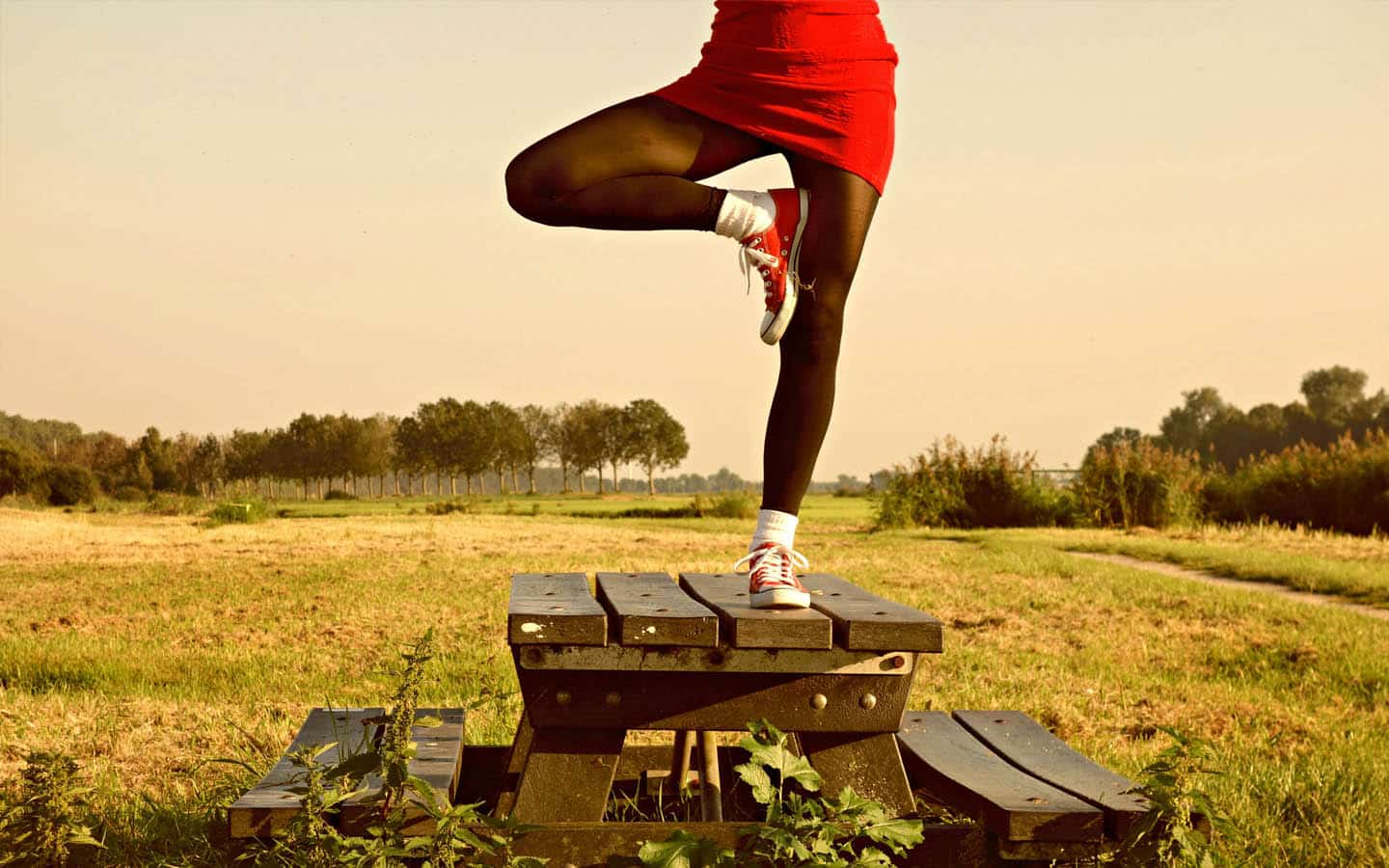
Live Longer Through Balance
Balance is an often-overlooked component of health at all ages. A recent study ¹ found that an inability to stand on one foot for 10 seconds in middle/older aged individuals is associated with a higher risk of mortality (of all causes) and decreased life expectancy. Below is a table with normative values for single leg balance by age. How do you compare?
 Balance is the ability to maintain equilibrium where all opposing forces cancel each other out resulting in a stable system. As it pertains to humans, it is synonymous with postural control. It is also very dependent on the interaction of an individual, the task at hand, and the environment.
Balance is the ability to maintain equilibrium where all opposing forces cancel each other out resulting in a stable system. As it pertains to humans, it is synonymous with postural control. It is also very dependent on the interaction of an individual, the task at hand, and the environment.
There are multiple systems that contribute to balance including the visual, vestibular and sensorimotor. The visual system provides feedback from the surrounding environment based on what is observed. This can be compromised in dim lighting or changes in lighting from bright to dark. The vestibular system consists of loop shaped canals in the inner ear that are lined with hair-like sensors and are filled with fluid. These provide input on position and are influenced by movement of the body, changes in speed, and gravity. This is how we perceive upright even when laying on our side or how we keep from getting nauseous on roller coasters. Finally, the sensorimotor system receives information from tension receptors in the tendons and the tactile feedback of the nerves. This is challenged by unstable surfaces. When we ride the subway while standing up, this system is heavily utilized. As we age, we experience degeneration of all of these systems, which causes great potential for balance dysfunction and an increased risk for falls.
Integrating Balance into Exercise for Healthy Aging
Other age-related changes that contribute to altered balance include many musculoskeletal conditions such as osteoarthritis in the knees, core and hip instability (back pain, hip impingement), chronic ankle instability (frequent ankle sprains, history of ankle fractures), poor foot strength and even bunions and hammer toes! As we age our joint position sense decreases as does feedback from distal sensory axons. Our muscle mass decreases at a rate of 3-5% per decade after the age of 30 resulting in muscle atrophy, loss of muscle power and an increased risk of falls. Poor posture as a result of aging and prolonged use of technology and poor workstations can result in increased forward head posture which has been found to result in decreased stability and reduced balance ².
Steps to Improve Your Balance
All is not lost! A study was done which evaluated healthy young adults (mean age 21.7) and broke them down into active and sedentary groups. The active group participated in moderate intensity exercise for 30 minutes 5 days per week and the sedentary group did no exercise. Unsurprisingly, the active individuals had significantly better balance scores than their sedentary counterparts ³. It is never too early or too late to engage in a program that not only works on improving balance, but also addresses your specific impairments. This can include, but is not limited to: core and hip strengthening and stabilization, postural exercises targeting upper back and deep neck flexors, lower extremity and foot strengthening, balance training, and cardiovascular activity. We also encourage evaluation of your workstation to arrange it to optimize posture. For those who are elderly and balance compromised, a home evaluation is highly recommended to identify areas in the home that may put you at risk for falls and also to ensure safety by utilizing durable medical equipment such as grab bars, raised toilet seats or shower chairs in the bathroom.
If you’d like to set up a balance specific assessment, an ergonomic assessment or a home evaluation for you or loved ones, please contact our office. After each assessment you will receive recommendations for home exercise programs and/or recommendations for equipment based on your individual findings. Let us help you find the balance in your life!
By Deanie Barth and Eilish O’Sullivan

